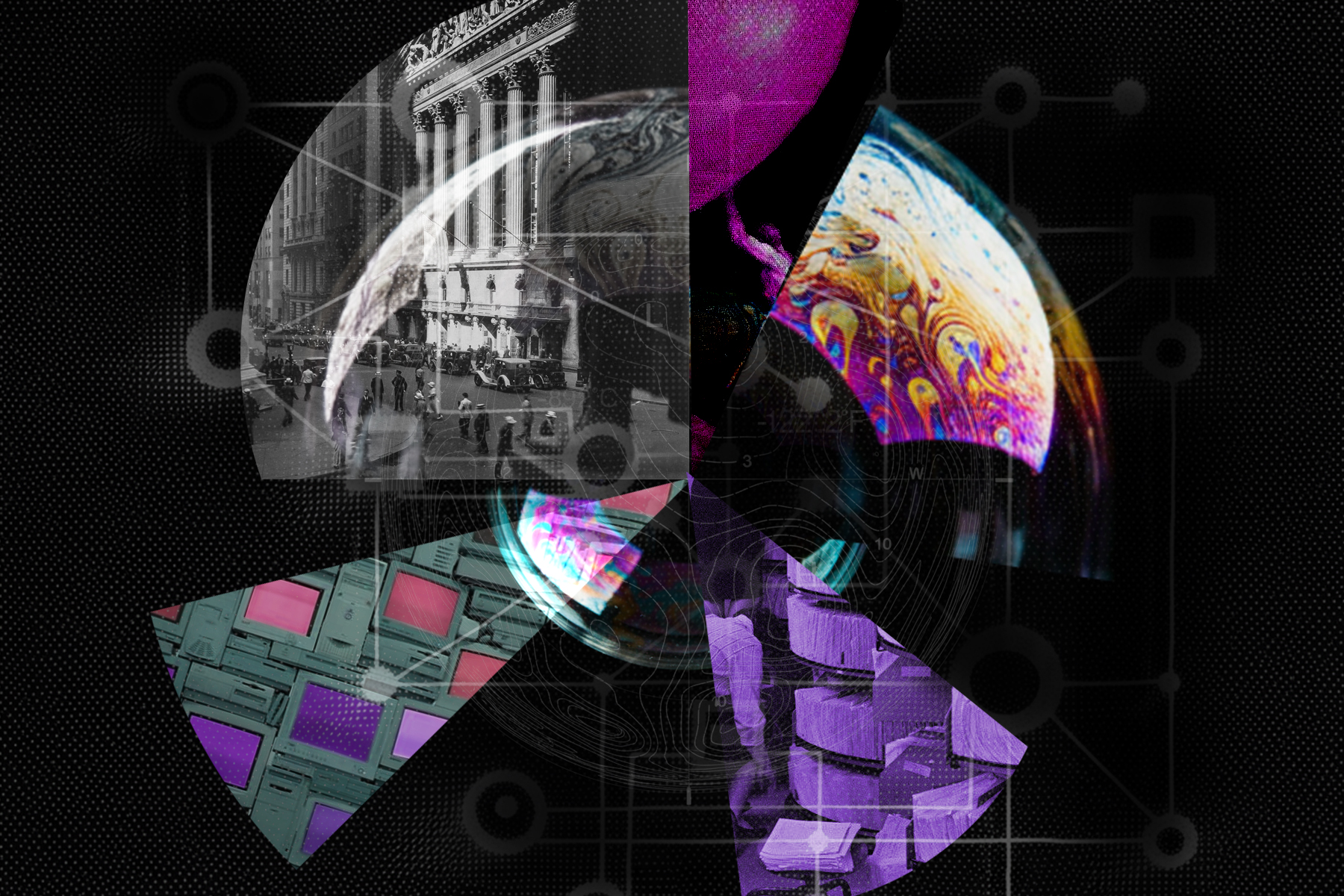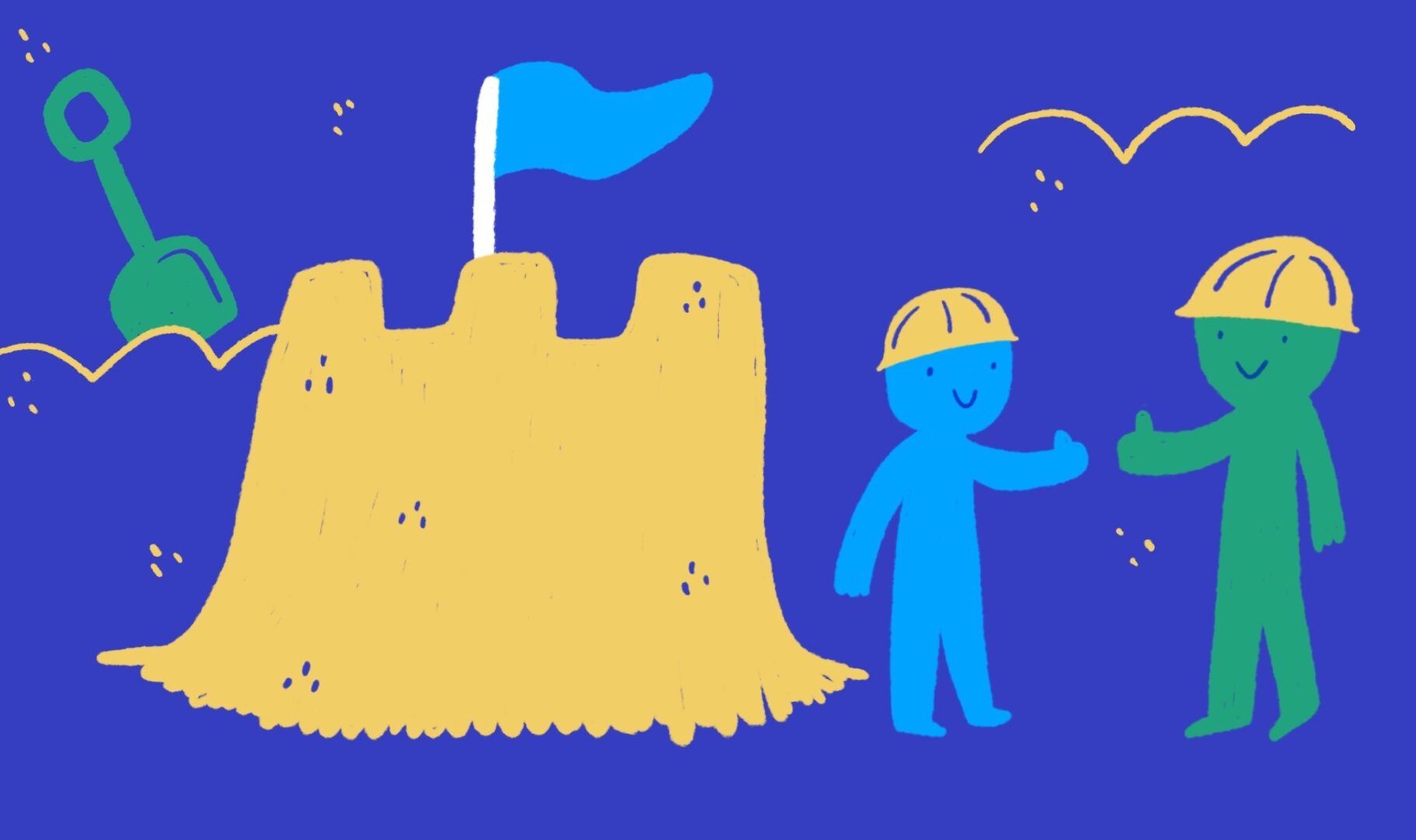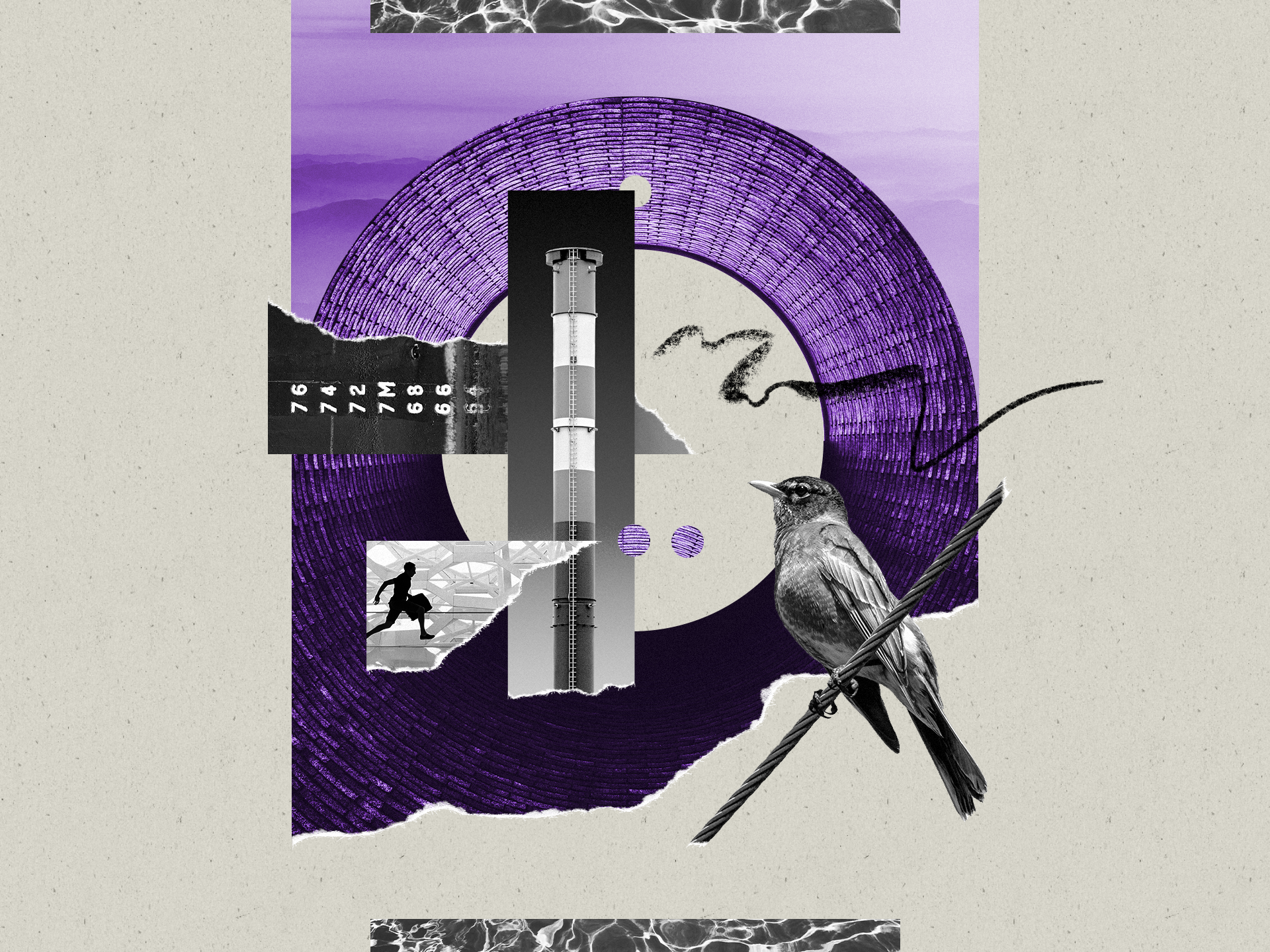Ricki Laird
Lead Consultant
I never expected my path would lead me to IT—but every step on the journey has prepared me for my career in a unique way.


We’ve got the lowdown on due diligence questionnaires. With this explainer in your back pocket, you’ll be able to tackle DDQs with confidence.

Noah Tagliaferri
VP of Growth

Onboarding can be a nightmare for employees. It doesn’t have to be—if you remember who you’re building for.

Tiffany Kress
Head of People

Brands are always evolving, and Pliancy is no stranger to reinvention. We look back on our brand update, six months later.

Kyle Barber
Associate Creative Director
Learning to stretch a tool to its limits can transform your digital workspace from good to great. Here’s how we do it.


We’ve got the lowdown on due diligence questionnaires. With this explainer in your back pocket, you’ll be able to tackle DDQs with confidence.

Noah Tagliaferri
VP of Growth

Onboarding can be a nightmare for employees. It doesn’t have to be—if you remember who you’re building for.

Tiffany Kress
Head of People

Brands are always evolving, and Pliancy is no stranger to reinvention. We look back on our brand update, six months later.

Kyle Barber
Associate Creative Director
In any consultant-client relationship, you should be confident that your consultant has your best interests in mind.


We’ve got the lowdown on due diligence questionnaires. With this explainer in your back pocket, you’ll be able to tackle DDQs with confidence.

Noah Tagliaferri
VP of Growth

Onboarding can be a nightmare for employees. It doesn’t have to be—if you remember who you’re building for.

Tiffany Kress
Head of People

Brands are always evolving, and Pliancy is no stranger to reinvention. We look back on our brand update, six months later.

Kyle Barber
Associate Creative Director
Finding your purpose is not a one-and-done process. It evolves as you change—so here’s how we’re evolving.


We’ve got the lowdown on due diligence questionnaires. With this explainer in your back pocket, you’ll be able to tackle DDQs with confidence.

Noah Tagliaferri
VP of Growth

Onboarding can be a nightmare for employees. It doesn’t have to be—if you remember who you’re building for.

Tiffany Kress
Head of People

Brands are always evolving, and Pliancy is no stranger to reinvention. We look back on our brand update, six months later.

Kyle Barber
Associate Creative Director
I believe there is an inherent benefit to failure. Organizations need to allow room for failure so that we all have a chance to grow.


We’ve got the lowdown on due diligence questionnaires. With this explainer in your back pocket, you’ll be able to tackle DDQs with confidence.

Noah Tagliaferri
VP of Growth

Onboarding can be a nightmare for employees. It doesn’t have to be—if you remember who you’re building for.

Tiffany Kress
Head of People

Brands are always evolving, and Pliancy is no stranger to reinvention. We look back on our brand update, six months later.

Kyle Barber
Associate Creative Director
My tech skills came with practice and patience. But learning to work with clients was even more valuable.


We’ve got the lowdown on due diligence questionnaires. With this explainer in your back pocket, you’ll be able to tackle DDQs with confidence.

Noah Tagliaferri
VP of Growth

Onboarding can be a nightmare for employees. It doesn’t have to be—if you remember who you’re building for.

Tiffany Kress
Head of People

Brands are always evolving, and Pliancy is no stranger to reinvention. We look back on our brand update, six months later.

Kyle Barber
Associate Creative Director
Welcome to the Pliancy blog.


We’ve got the lowdown on due diligence questionnaires. With this explainer in your back pocket, you’ll be able to tackle DDQs with confidence.

Noah Tagliaferri
VP of Growth

Onboarding can be a nightmare for employees. It doesn’t have to be—if you remember who you’re building for.

Tiffany Kress
Head of People

Brands are always evolving, and Pliancy is no stranger to reinvention. We look back on our brand update, six months later.

Kyle Barber
Associate Creative Director
How was your first day of work? You can tell a lot from an onboarding experience.


We’ve got the lowdown on due diligence questionnaires. With this explainer in your back pocket, you’ll be able to tackle DDQs with confidence.

Noah Tagliaferri
VP of Growth

Onboarding can be a nightmare for employees. It doesn’t have to be—if you remember who you’re building for.

Tiffany Kress
Head of People

Brands are always evolving, and Pliancy is no stranger to reinvention. We look back on our brand update, six months later.

Kyle Barber
Associate Creative Director
Many people view security and user experience as diametrically opposed. It doesn’t have to be that way.


We’ve got the lowdown on due diligence questionnaires. With this explainer in your back pocket, you’ll be able to tackle DDQs with confidence.

Noah Tagliaferri
VP of Growth

Onboarding can be a nightmare for employees. It doesn’t have to be—if you remember who you’re building for.

Tiffany Kress
Head of People

Brands are always evolving, and Pliancy is no stranger to reinvention. We look back on our brand update, six months later.

Kyle Barber
Associate Creative Director
The kind of people who go into IT tend to be inherently creative thinkers. A “patch factory” process really stifles curious minds.


We’ve got the lowdown on due diligence questionnaires. With this explainer in your back pocket, you’ll be able to tackle DDQs with confidence.

Noah Tagliaferri
VP of Growth

Onboarding can be a nightmare for employees. It doesn’t have to be—if you remember who you’re building for.

Tiffany Kress
Head of People

Brands are always evolving, and Pliancy is no stranger to reinvention. We look back on our brand update, six months later.

Kyle Barber
Associate Creative Director